It is hard to find a sport’s coach not singing the praises of yoga to his/her athletes. From professional football to little kid’s swim workouts, coaches everywhere are pushing yoga. So, why should volleyball players do yoga?
According to Jill Wosmek, former Head Athletic Trainer for the U.S. Women’s National Volleyball Team, yoga assists volleyball players in increasing flexibility and strength, improving balance, preventing injury, and complements mental training.
With a list of multiple reasons yoga benefits volleyball players, it seems silly to not explore the topic in greater detail. Uncovering both the physical and mental aspects of yoga, as well as learning a few key poses, will assist you in stretching and strengthening areas of your body conducive to volleyball.
Why volleyball players should do yoga:
| Physical reasons | Mental reasons |
| Injury prevention | Remaining focused and present |
| Flexibility | Ignoring outside influences |
| Strength | Focusing on breath |
| Competition | Injury |
| Mind over state | |
| Not being tied to an outcome |
Physical reasons volleyball players should do yoga
While your daily practice focuses on drills and sport-specific training, yoga can help to stretch the body and compliment the in-season training. In the off-season, yoga helps to balance the taxing result on your body, by working on stabilizing muscle joints, range of motion increases.
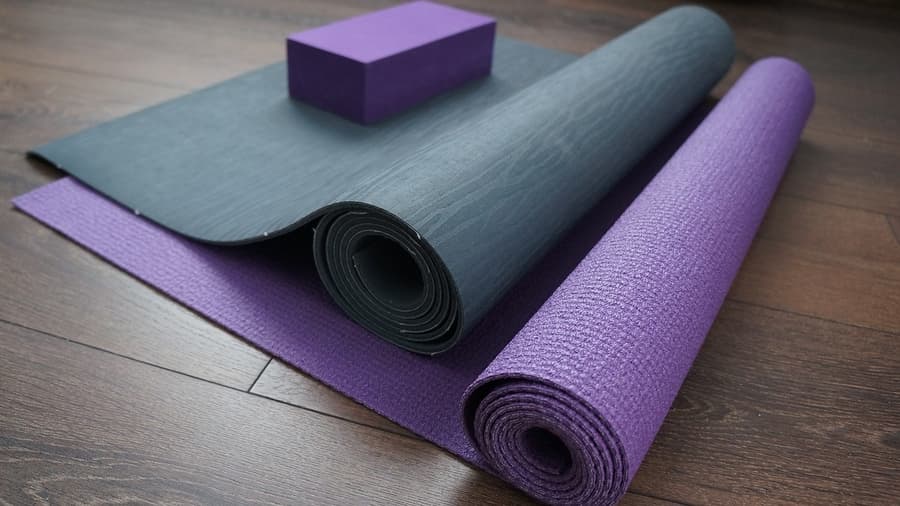
Injury Prevention
It is no secret yoga can help with the prevention of injury. In volleyball, calves and ankles are at risk from jumping. Potential injuries include calf muscle strain, pulled muscle, muscle tears, and ruptures. Common ankle injuries are sprains, fractures, arthritis, and gout.
While yoga isn’t a cure-all for injury prevention, stretching and keeping your body pliable definitely helps. You need to make sure you are working in tandem with your athletic trainers to ensure you are not over-stretching an area, unintentionally increasing injury risk.
Flexibility
During in-season training, yoga is utilized to stretch your body from the work on the court and in the gym. Restorative yoga, a discipline consisting of only 5 or 6 poses each held for 5 minutes or more, is a sound option for recovery.
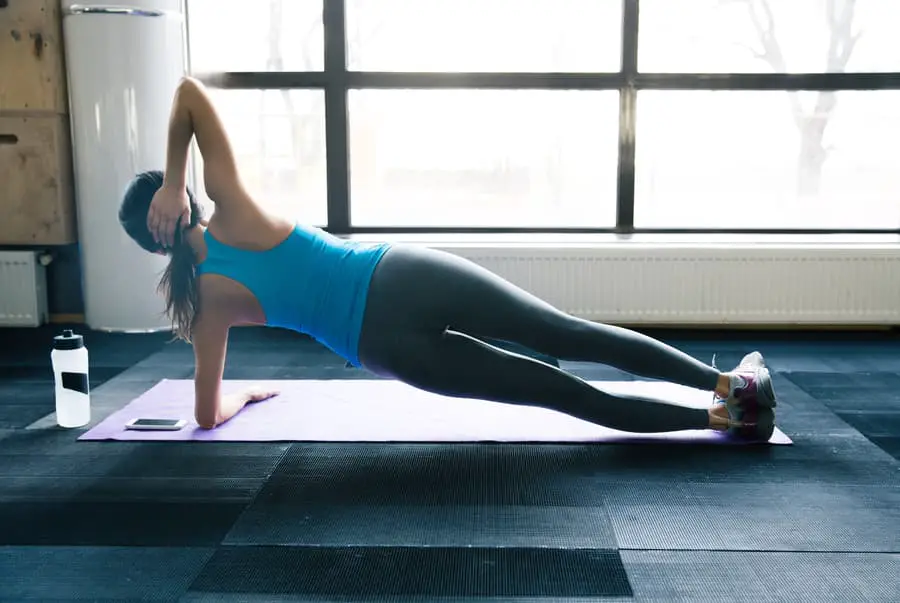
Strength
The time to use yoga for strength training is the off-season. The major concept here is yoga should complement your volleyball training so if you are in-season and pushing, you do not want to wear down your body more in yoga. The off-season, however, you can use yoga to strengthen and push your boundaries a bit more.
Competition
Yoga allows the body to recuperate easier from fatigue. Muscle cramps, pain and soreness all can compete with your mind and body for attention, often occurring at the most inopportune times. By decreasing the severity of each, yoga allows athletes to increase their performance on and off court.
Mental reasons volleyball players should do yoga
There are plenty of reasons for making yoga a part of your mental training. Below we explore a handful of positive ways yoga helps your mental volleyball game.
Remaining focused and present
Yoga teaches us to ignore the chatter in our minds and be completely present in the moment. This is critical during a practice or match when right as you are about to serve, a kid in the stands could drop his crayon and begins to wail. By taking the time to train your mind to allow distractions to float past you, directing all of your attention to be in the moment, you find that your game has automatically tuned up.
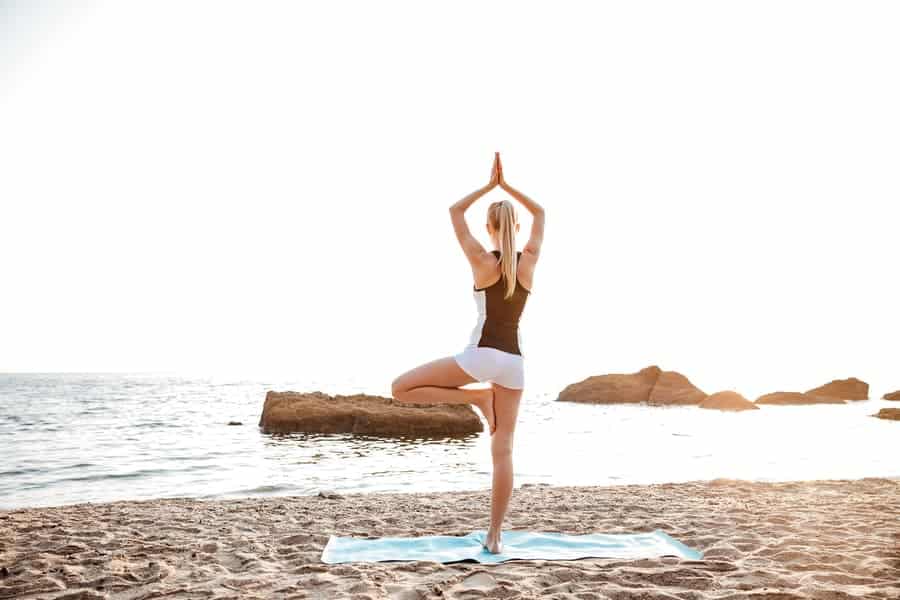
Ignoring outside influences
The unfortunate truth is a number of people find it to be their place to give much negative feedback. Sometimes this is delivered from teammates, other times coaches and sometimes just well-meaning people. “Hey, I heard you guys lost” or “you need to train harder to do better.” While constructive criticism is not a bad thing, often if heard too much, it can be translated into “not good enough.”
Yoga teaches us to ignore those influences and the critical voice – to let go of anything that doesn’t serve us or grow us. By focuses only on those things that serve to the betterment of our being, it becomes easier to simply let go of those around us that are critical, including our own voice.
Focusing on breath
Yoga focuses on the breath to release stress and maintain being centered, with many instructors saying phrases like “allow the oxygen to travel to any part of your body that feels stress. Imagine it surrounding and healing your muscles and tendons.” The focus on oxygen as a healer is not unique to yoga. There are companies selling bottled oxygen to athletes, where the goal is quicker muscle recovery and more energy during performance. Yoga doesn’t capitalize on selling the air but for you to be mindful in using your breath to heal the body.
Injury
Major injury aside, at some point you are going to fall, have an ill-directed ball hit you in the side of the head, or will simply land wrong and twinge yourself. While these unforeseen and unfortunate happenings are not enough to take you out of the game, they are enough to throw you off your game.
Yoga mentally attacks the idea that pain is a show-stopper. It works through poses that challenge your capabilities and then ask you to hold them and “breath through the pain and discomfort. Acknowledge it. Allow it to be there and guide your breath to the spot. Now, breathing out, twist a little deeper.” In the moment, you think, “are you kidding me right now” but a few sessions in, you realize the wisdom in the words.
Fast forward to your match when an unforeseen minor injury takes place. Instead of allowing this to defeat you, you know you can breathe through the pain, take note of it, and let your body work through it until you can rest and recover, without throwing your game.
Mind over state
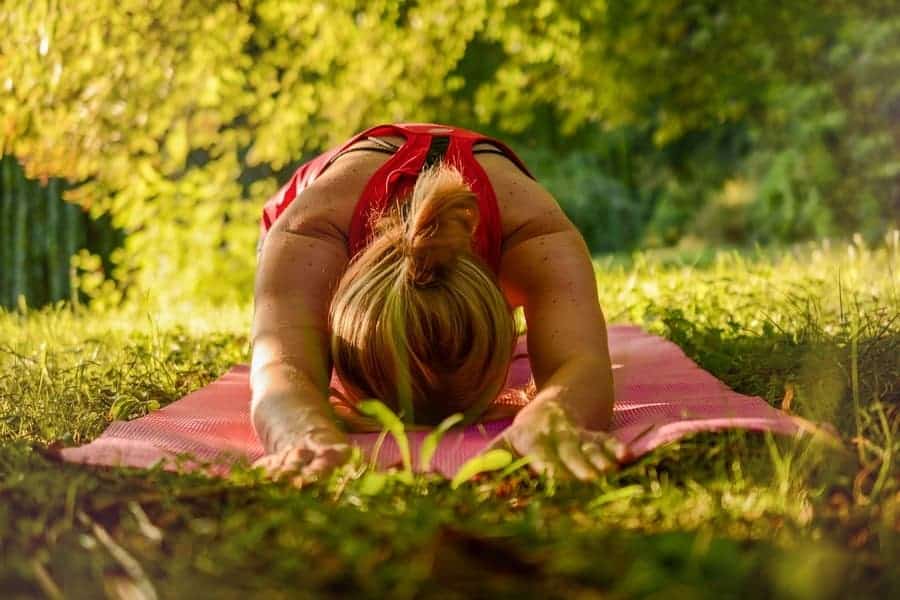
As you play or practice, the feelings of frustration for not jumping high enough to block, spikes gone wrong or serves not perfected may creep in. Yoga will have helped you to place your mind in a spot where you can navigate these overwhelming feelings without getting lost in them.
Further, there will be times of multiple commitments leading to annoyance or stress buildup. By being about to call out that feeling for what it is, acknowledge it and watch it move past you, you are able to continue to be present in the moment and practice what is necessary.
Not being tied to an outcome
Imagine getting ready to serve, setting up, being in the zone, and the ref blows the whistle to have you pause and re-start. In most situations, the server is a bit thrown now and especially newer players, this tends to mess up the serve. Imagine now, not being tied to the outcome. The whistle doesn’t throw you and you continue with the skills you have developed.
Yoga teaches you to allow yourself to move through life, letting go of stressors and tackling the moment directly in front of you. This presence allows hecklers from the stands to fade away, a missed play to be left in the past, and the score to be irrelevant for how you perform. Yoga teaches you to be in the now, not the five minutes ago or the next game.
Yoga poses for volleyball players
While you can pop into a yoga class at your local studio, there are certain poses specifically stretching an area used in volleyball. Let’s look at a few suggested poses for volleyball players. Each pose title links to further instructions on how to perform the pose.
- Dancer: Dancer helps with hip mobility and single leg balance. It also works to open up the chest and shoulders.
- Threading the needle twist: In volleyball, torso mobility and shoulder flexibility are necessary and threading the needle will help with these aspects. Being close to the ground, it allows those that struggle with balance to approach this pose without fear.
- Wide-legged squat: This pose promotes balance and flexibility while also releasing the hips and knees. If you need a mental visual, picture any child as they squat to play on the ground, almost sitting on the ground itself.
- Eagle pose: Eagle helps with balance, as well as targets the shoulders, ankles, back and thighs for strength training.
- Reverse plank: The reverse plank builds core strength and posterior chain activation. As this is a strength building pose, you definitely want to reserve this until off-season training.
- Pigeon forward fold: This pose promotes flexibility of hips, back, and lats. If you are an individual that is quite tight, this pose is challenging and will quickly bring you to a place of deep introspection.
- Chair pose: Targeting weak ankles, chair pose is great to help strengthen the areas that take a beating during the jumping involved in volleyball.
- Downward Facing Dog: This common pose stretches the hamstrings, calves, arches, ankles, and wrists. While often practiced, it is easy to execute this pose incorrectly. The link gives some common mistakes and how to correct them.
Click here for common volleyball injuries and how to prevent them
Yoga and Volleyball
While it is easier to say you will simply stretch before or after practice, there really is no replacing the degree to which yoga will take you physically and mentally. When you decide that the discipline will teach you not just how to manage the stress of the game but also of life, it becomes an easy trade off to the time invested both in and off-season. If you are a volleyball player, you won’t regret the time you spent perfecting your yoga practice.
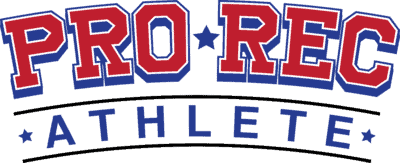
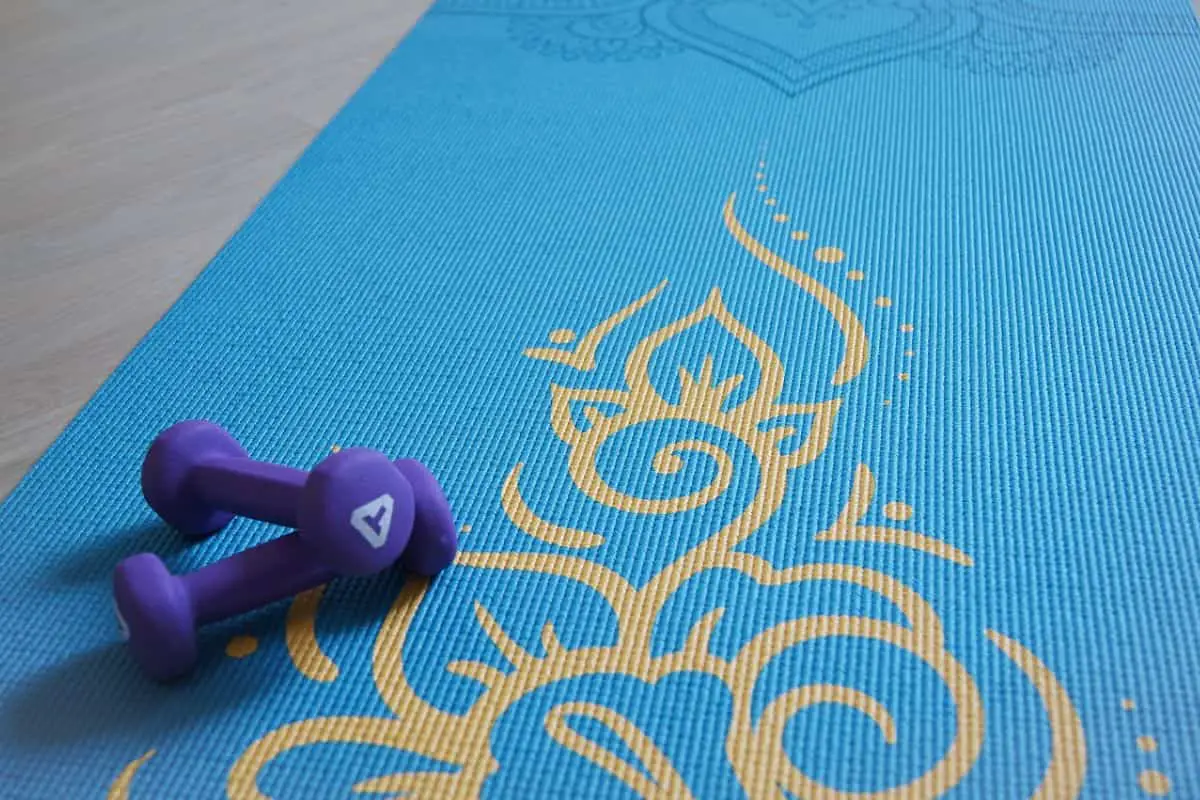
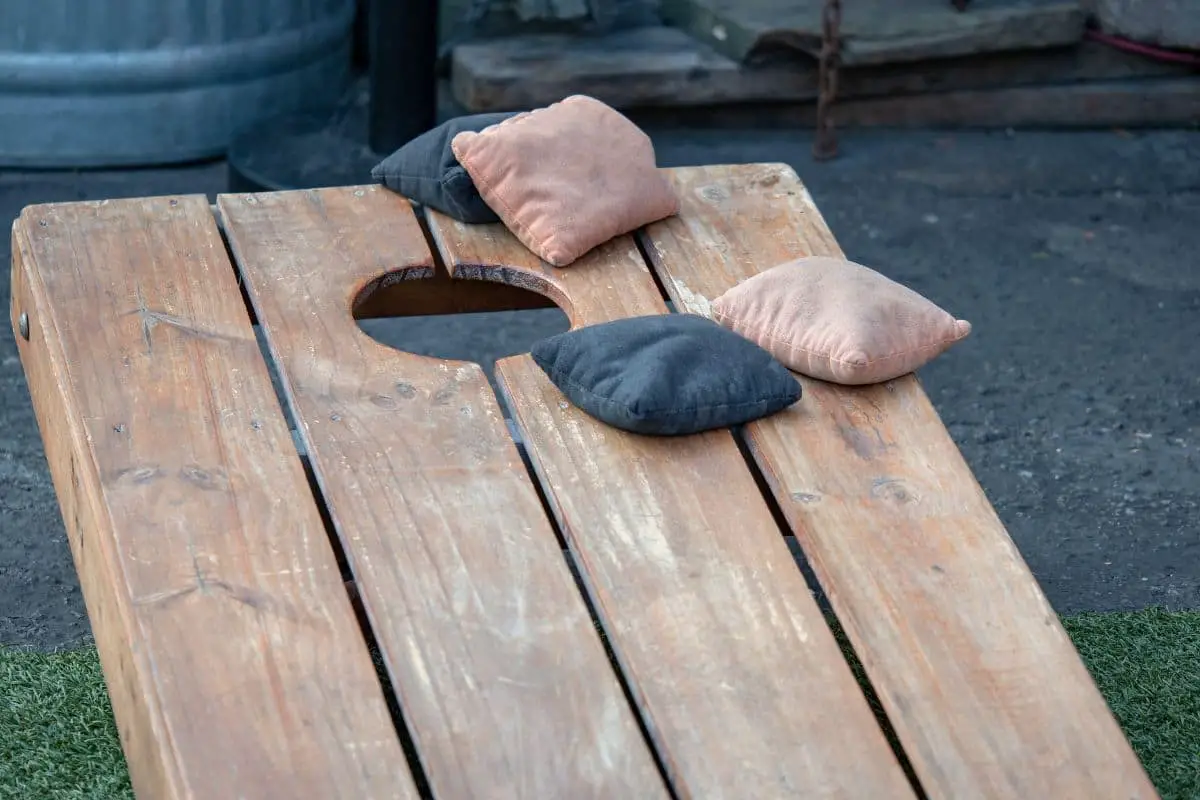
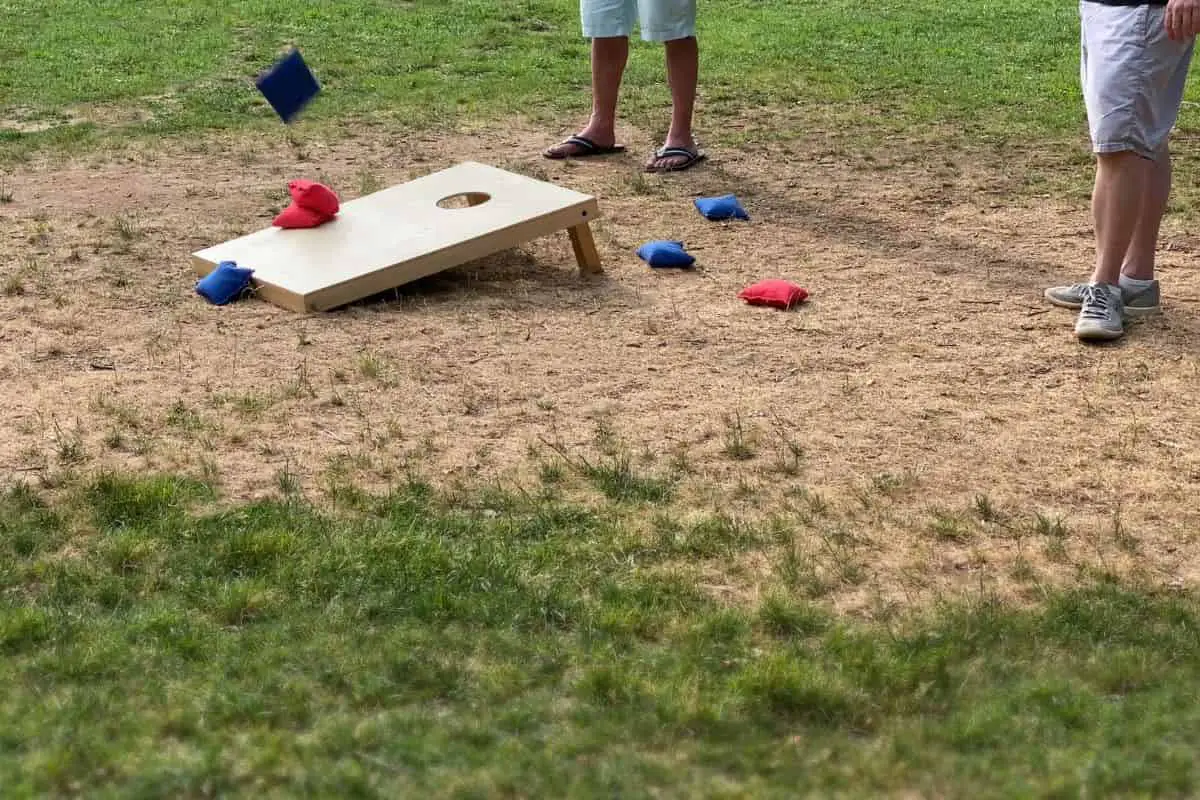
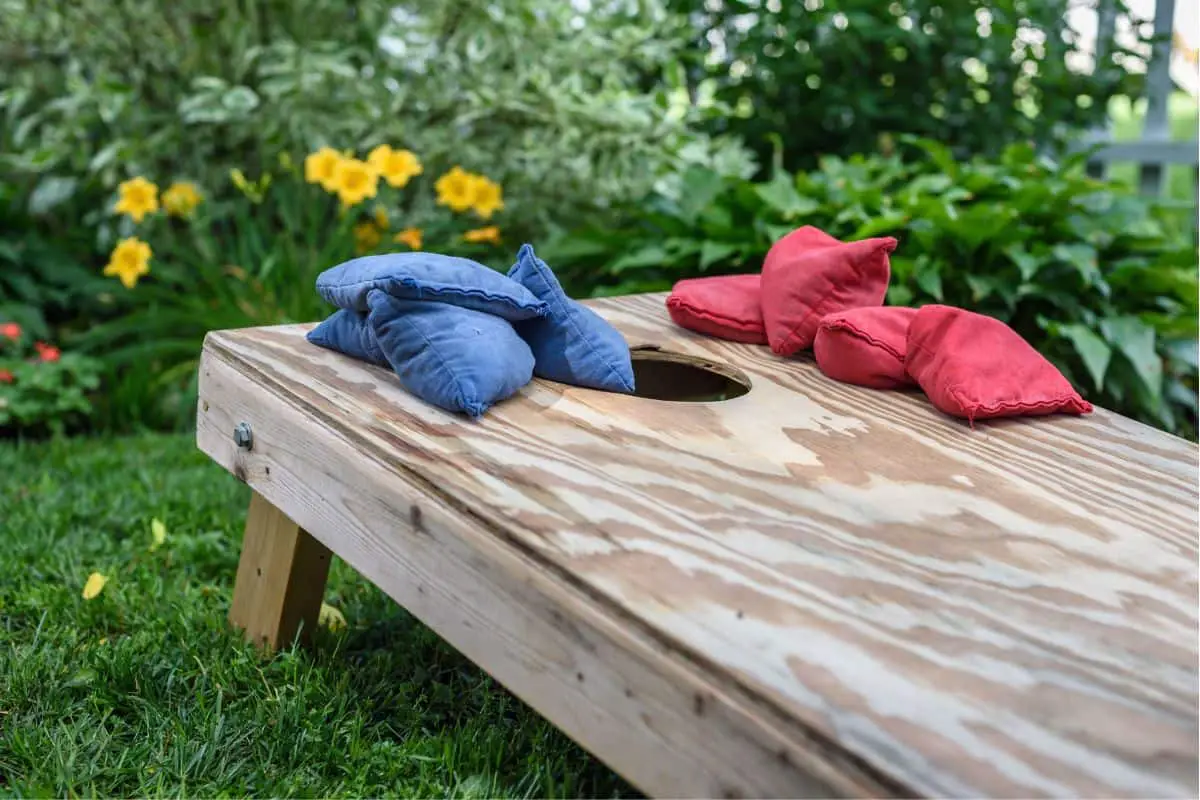
Leave a Reply
You must be logged in to post a comment.